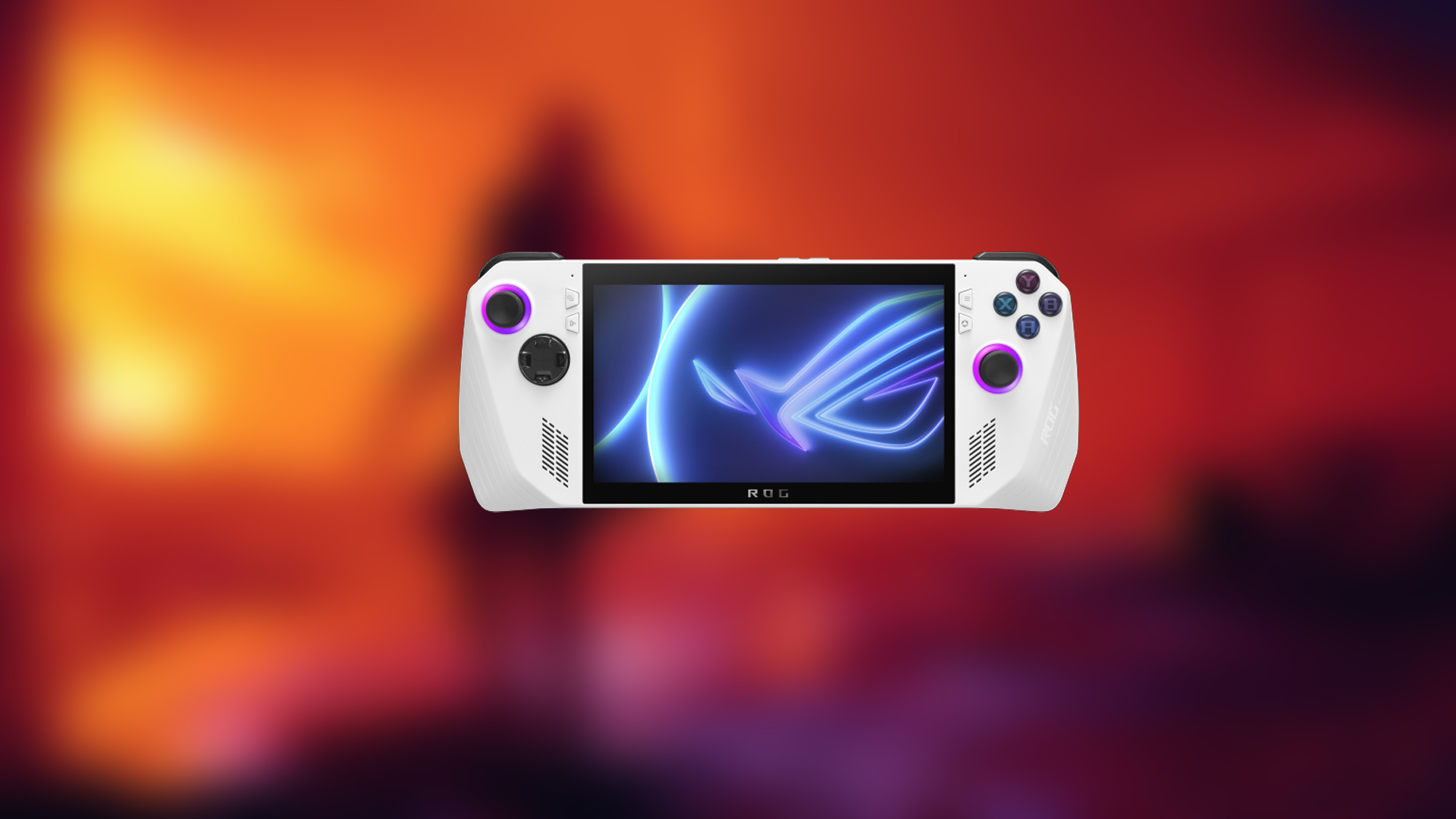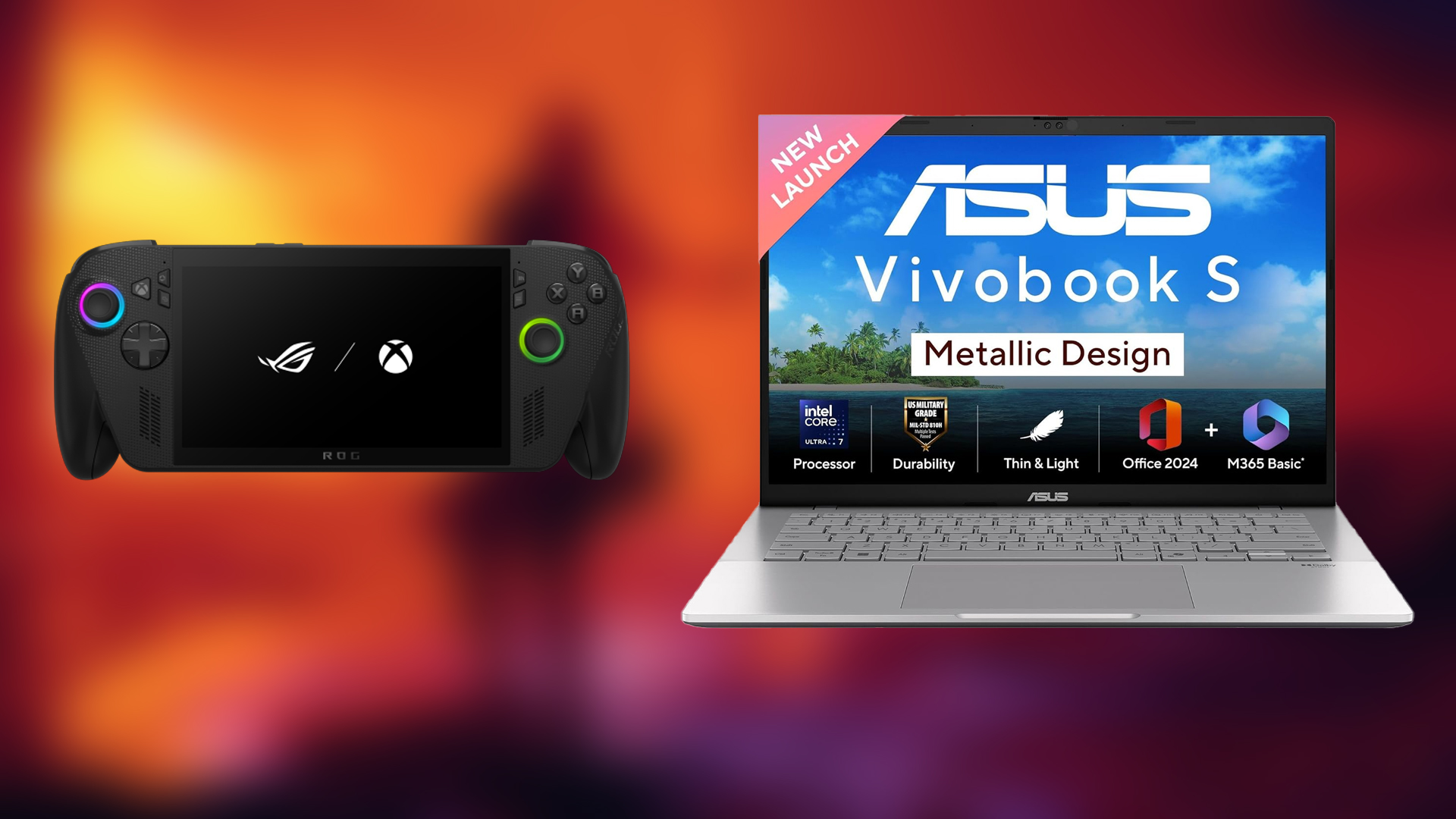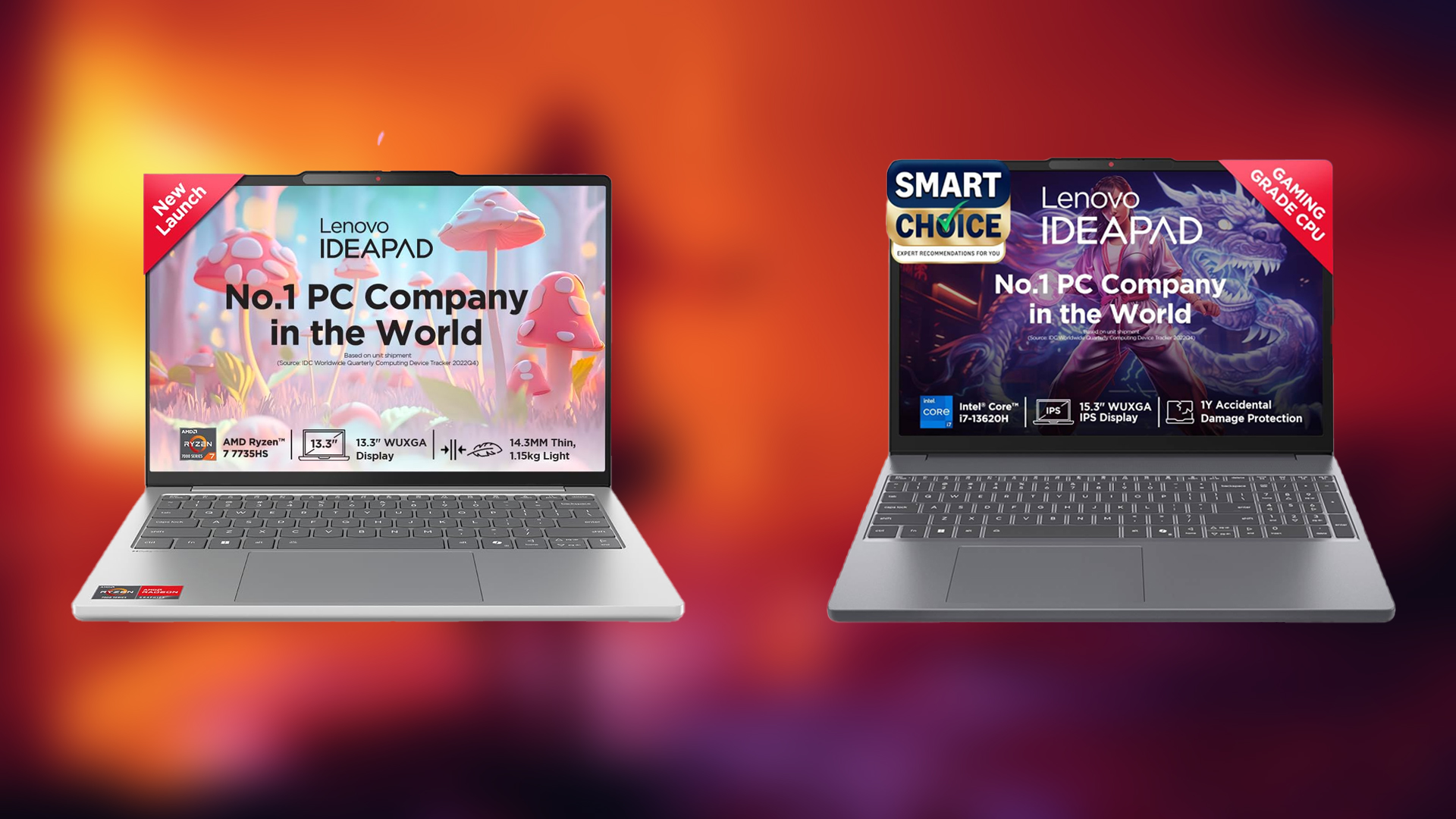This article compares the RTX 5060 Ti 8GB with the AMD RX 7600 in terms of price, performance, specifications, and more.
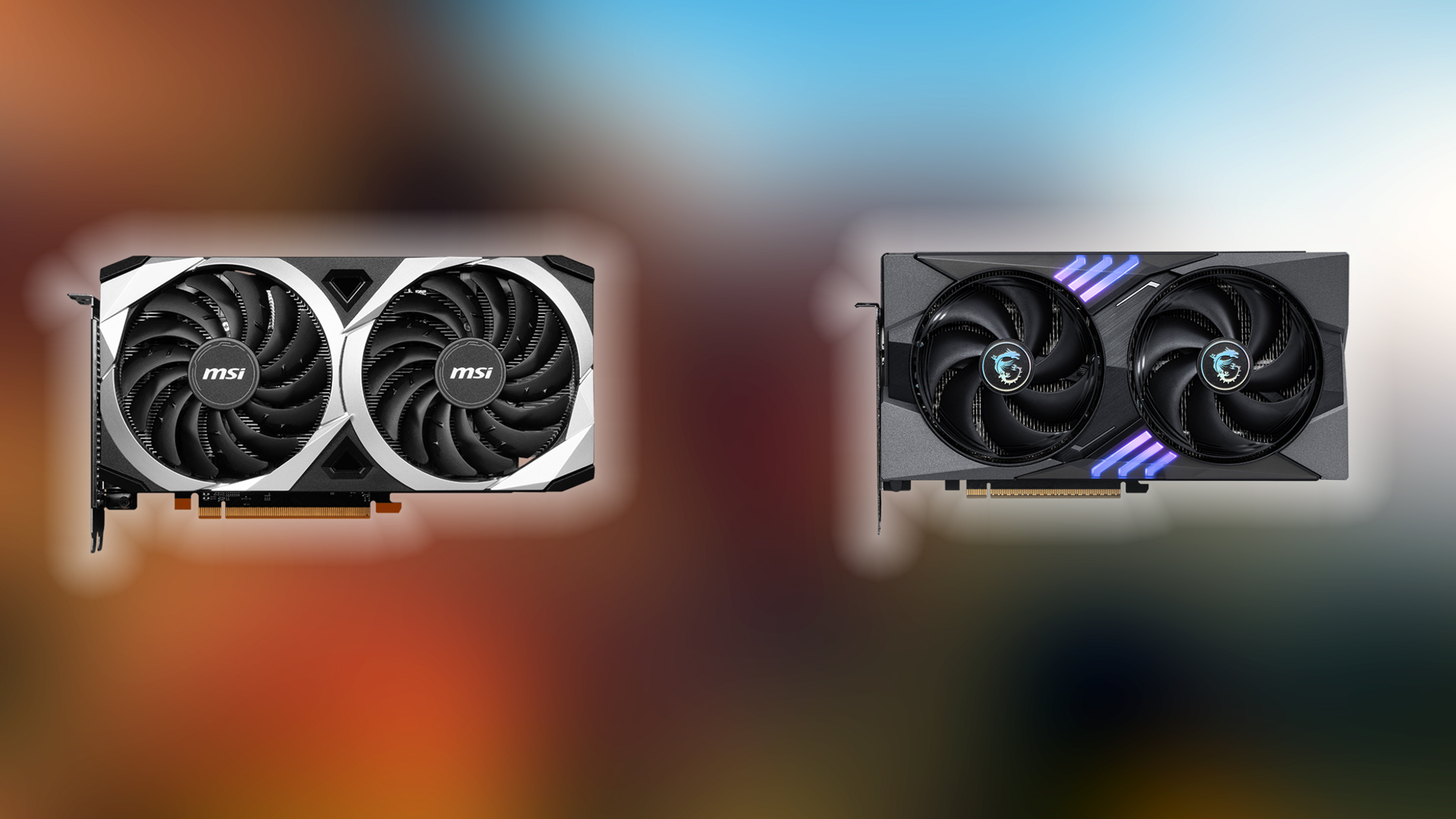
The RTX 5060 Ti 8GB and RX 7600 are more of a budget-friendly alternative to their 16GB counterparts. They target entry-level gamers seeking a new GPU for 2025. Despite the two GPUs retaining their Core and SM counts from the 16GB iteration, their VRAM is 8GB, which in 2025 is obsolete.
Nvidia has faced severe criticism from reputable media outlets for launching 8GB GPUs in 2025. 8GB GPUs have been available in gaming since the Pascal era, starting around 2016-17. It has been too long for Nvidia to repeat this. This article draws on real-world scenarios to compare the performance of these two GPUs, discussing their advantages and drawbacks.
Note: Opinion based on this article reflects in-depth research work done with publicly available information across the internet from reputable media sources. This article does not use third-party benchmarks or proprietary data when drawing the comparison.
RTX 5060 Ti vs RX 7600
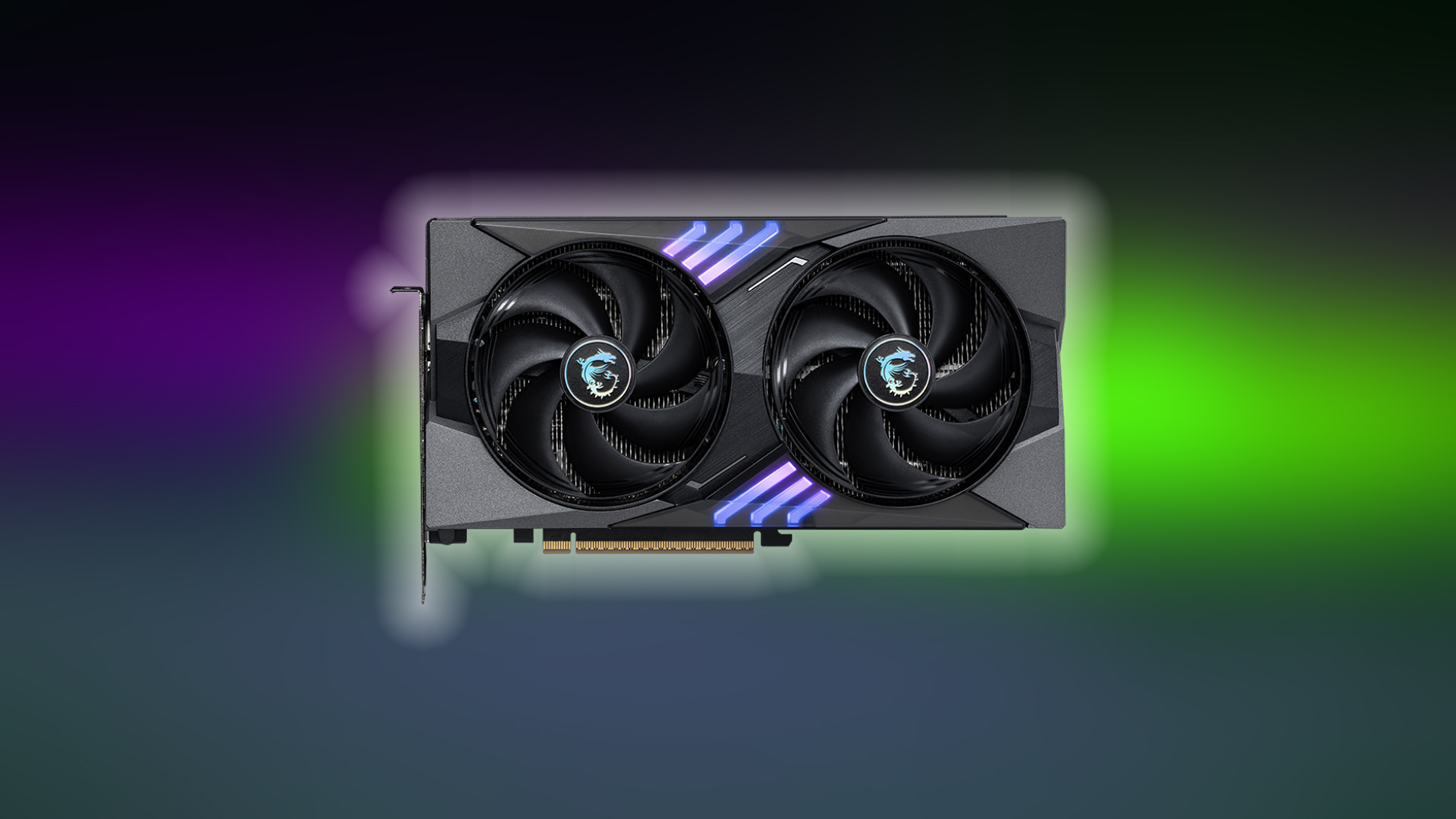
Gamers seeking an affordable esports GPU might consider an 8GB model, as esports titles such as Counter-Strike, Dota 2, and Valorant all run smoothly, even at 1440p, within the 8GB segment. Considering the naming scheme, particularly for the 5060 Ti, gamers will likely get the affordable version without realizing it’s the inferior 8GB variant.
AMD at least does a better job of segmenting its inferior product (7600 8GB, 7600 XT 16GB). Nevertheless, both cards are sufficient for esports use cases and should not be used to play modern AAA titles, even though the 5060 Ti has the power within it to tackle AAA titles at 1440p. It doesn’t have enough room to do that correctly; by ‘playing field,’ VRAM is referred to in this case.
Speaking of raw raster performance, counting in 3DMark Timespy results, the 5060 Ti scores an average of 15,389 points, while the 7600 scores an average of 10,250 points. This shows that the 5060 Ti is roughly 50% faster, raster to raster. Another important factor is that video editors on a budget will benefit more from the 5060 Ti than the 7600, due to Nvidia’s superior H.264 and H.265 encoders. AV1 is available as the latest and greatest, but H.265 and H.264 still dominate the market.
Specs Comparison
| Features | RTX 5060 Ti 8GB | RX 7600 |
| Architecture | Blackwell (GB206) | RDNA 3 (Navi 33) |
| Process | 5nm | 6nm |
| CUDA/Stream Processors | 4608 CUDA cores | 2048 Stream Processors |
| Ray Tracing Cores | 36 | 32 |
| AI/Tensor Cores | 144 | N/A |
| VRAM | 8GB GDDR7 | 8GB GDDR6 |
| Memory Bus | 128-bit | 128-bit |
| Memory Bandwidth | 448 GB/s | 288 GB/s |
| Boost Clock | 2572 MHz | 2655 MHz |
| Power Consumption (TDP) | 180W | 165W |
| PCIe Interface | Gen 5 x8 | Gen 4 x8 |
| MSRP | $379 | $269 |
| Release Date | April 2025 | May 2023 |
Performance overview
1080p and 1440p Gaming
Across multiple e-sports titles, such as Valorant, Counter-Strike 2, Dota 2, and League of Legends, the 5060 Ti will be around 40-50% faster than the RX 7600, which is all rasterized workloads. At 1440p, the 5060 Ti will be even faster due to its higher memory bandwidth.
As for recent AAA games with heavy RT, neither of the cards is recommended, as 8GB VRAM is not enough. The game will constantly swap memory between System RAM and VRAM, resulting in microstutters and frame spikes, making the overall experience unplayable.
4K Gaming
Speaking of 4K, you can easily play esports titles with these cards; however, the FPS numbers in the 5060 Ti 8GB will be higher. Monitor VRAM usage and turn down a few settings, as esports titles are often played on competitive settings, such as low textures and shader effects. It’s safe to be sorry.
Lastly, DLSS 4 on the 5060 Ti is significantly superior to FSR 3.1, which is available on the 7600. Even though lowering game resolution won’t miraculously reduce VRAM usage with AAA titles, thanks to game optimization in 2025. What is available is Nvidia’s extensive software suite, which includes the new Transformer model upscaler. Gamers who enjoy playing indie open-world titles like Enshrouded may benefit more from DLSS than FSR.
Power Efficiency
The 5060 Ti can sometimes pull in more power than the RX 7600, but both GPUs are efficient for the work they are doing. In terms of performance per watt, the 5060 Ti is massively ahead.
Price & Value
MSRP & Market Pricing:
- RTX 5060 Ti: $379
- RX 7600: $269
At $269, the 7600 is an excellent value, making it a great option for gamers looking to build a budget Linux gaming PC. At $379, you will get better used deals, far better value, and more VRAM than the 5060 Ti. One such example is the RX 6800 XT, which features 16GB of VRAM and excellent raster performance but lacks RT, a feature also absent from the 8GB 5060 Ti model, without running out of VRAM.
Pros & Cons Summary
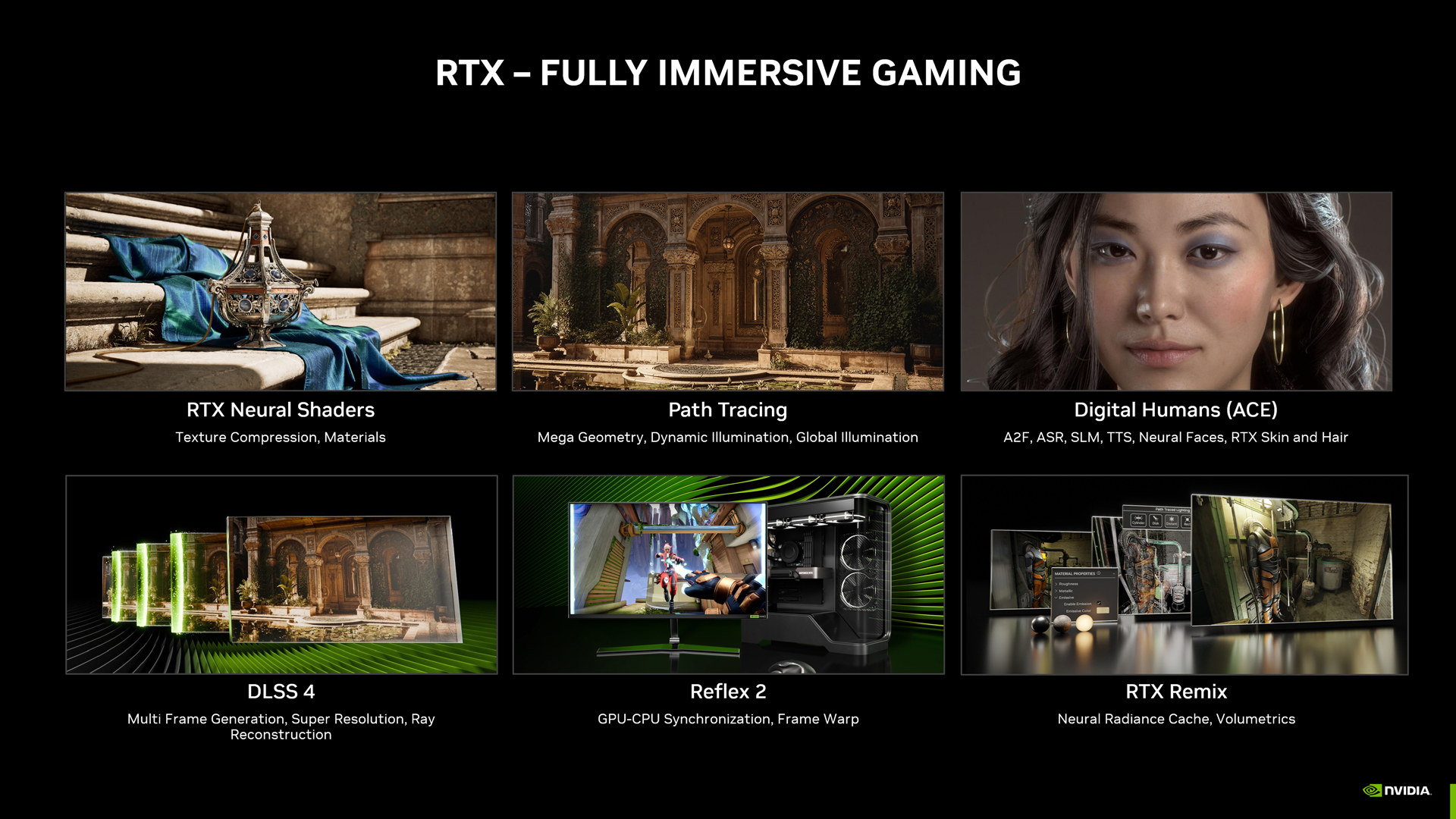
| Card | Pros | Cons |
| RTX 5060 Ti 8GB | Much higher performance, advanced ray tracing & DLSS, newer tech | Higher prices and 8GB of VRAM will cause issues playing AAA titles. |
| RX 7600 | Lower price, efficient, good 1080p performance | Weaker in demanding games, less robust ray tracing |
Bottom Line: Which Should You Buy?
The RX 7600 makes a lot of sense at its price point. Gamers looking for a pocket-friendly esports GPU can easily go for it. The 5060 Ti with 8GB makes little to no sense, since there is a 16GB model, which offers a hell and heaven level of difference.
Looking For More Related to Tech?
We provide the latest news and “How To’s” for Tech content. Meanwhile, you can check out the following articles related to PC GPUs, CPU and GPU comparisons, mobile phones, and more:
- 5 Best Air Coolers for CPUs in 2025
- ASUS TUF Gaming F16 Release Date, Specifications, Price, and More
- iPhone 16e vs iPhone SE (3rd Gen): Which One To Buy in 2025?
- Powerbeats Pro 2 vs AirPods Pro 2: Which One To Get in 2025
- RTX 5070 Ti vs. RTX 4070 Super: Specs, Price and More Compared
- Windows 11: How To Disable Lock Screen Widgets
 Reddit
Reddit
 Email
Email
